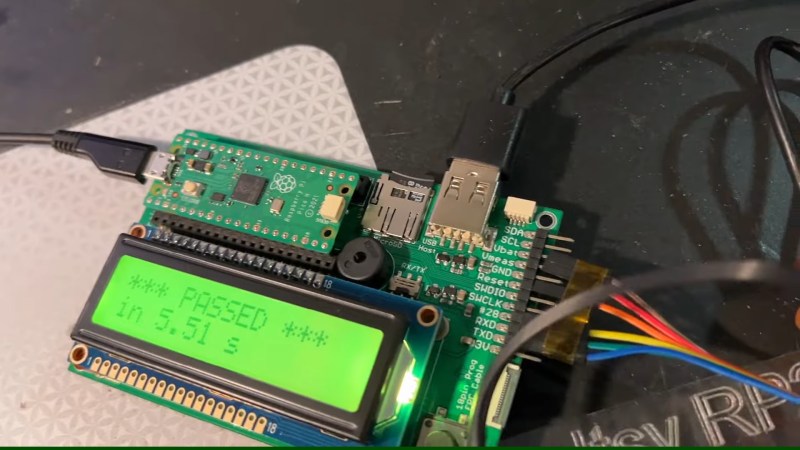The various development boards such as the NodeMCU or Wemos D1 make working with the ESP8266 an absolute breeze. If they have a downside, it is that they are larger than the bare ESP2866, and of course cost a bit more. Just as with the Arduino, once you have the wiring sorted out and the code more or less finalized, your best bet is to ditch the unnecessary support hardware and use the bare module to save space and money in your final design.
Unfortunately, the ESP8266 form factor isn’t terribly forgiving when it comes time for hooking up a …read more
Continue reading 3D Printed ESP8266 Programming Jig→
